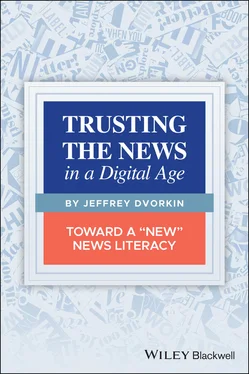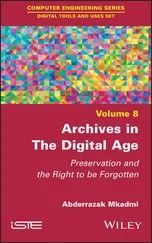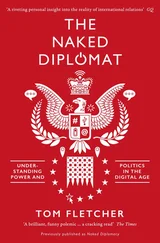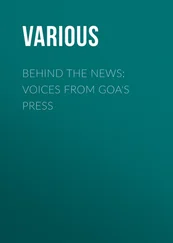Jeffrey Dvorkin - Trusting the News in a Digital Age
Здесь есть возможность читать онлайн «Jeffrey Dvorkin - Trusting the News in a Digital Age» — ознакомительный отрывок электронной книги совершенно бесплатно, а после прочтения отрывка купить полную версию. В некоторых случаях можно слушать аудио, скачать через торрент в формате fb2 и присутствует краткое содержание. Жанр: unrecognised, на английском языке. Описание произведения, (предисловие) а так же отзывы посетителей доступны на портале библиотеки ЛибКат.
- Название:Trusting the News in a Digital Age
- Автор:
- Жанр:
- Год:неизвестен
- ISBN:нет данных
- Рейтинг книги:4 / 5. Голосов: 1
-
Избранное:Добавить в избранное
- Отзывы:
-
Ваша оценка:
- 80
- 1
- 2
- 3
- 4
- 5
Trusting the News in a Digital Age: краткое содержание, описание и аннотация
Предлагаем к чтению аннотацию, описание, краткое содержание или предисловие (зависит от того, что написал сам автор книги «Trusting the News in a Digital Age»). Если вы не нашли необходимую информацию о книге — напишите в комментариях, мы постараемся отыскать её.
How to use critical thinking to discern real news from fake news in a Digital Age
Trusting the News in a Digital Age
Trusting the News in a Digital Age
Trusting the News in the Digital Age
Trusting the News in a Digital Age — читать онлайн ознакомительный отрывок
Ниже представлен текст книги, разбитый по страницам. Система сохранения места последней прочитанной страницы, позволяет с удобством читать онлайн бесплатно книгу «Trusting the News in a Digital Age», без необходимости каждый раз заново искать на чём Вы остановились. Поставьте закладку, и сможете в любой момент перейти на страницу, на которой закончили чтение.
Интервал:
Закладка:
News and Digital Culture
Legacy media organizations, such as The Guardian , The New York Times , and NPR, are feeling the effect from the blogosphere by heightening their online and podcasting presence; online journalists, often encouraged by media managers and the public, are feeling more empowered than ever. High‐profile activists such as Wikileaks' Julian Assange and The Intercept's Glenn Greenwald, among many others, use the digital environment to great, if often controversial effect. Mainstream news organizations such as the New York Times , The Washington Post and The Guardian were early, eager collaborators, even if they now demonstrate a certain “buyer’s remorse” at the lack of journalistic accountability shown by some of their newer contributors.
In this changing environment, the news is still able to insist that it operates as a civic model for the benefit of society overall. But it has found it more difficult to function economically. There is a sense of abandonment by the public, still felt in executive offices. In the pre‐digital era, news organizations competed with one another. Now, and with a reduced workforce, they are competing with the multi‐dimensional Web, against all of the powers that the Internet can bring to the fight.
As a result, the Internet is proving to be a vibrant, nimble, often destabilizing and highly competitive presence. This is especially true when it comes to the preference for political satire and comedy, especially among younger consumers of information who enjoy the more raucous and outrageous. The appeal of authoritative and trusted news has been undermined by the powerful entertainment values of the digital culture. And not just in the English‐speaking world; in times like these, the rise of ubiquitous mockery (such as Charlie Hebdo and The Onion ) is an indicator that the old approaches are insufficient, especially for younger media consumers.
In the mid‐2000s, mainstream news organizations had a haughty disregard for bloggers. But as the advertising model for traditional news organizations began to collapse and non‐traditional media began to attract larger audiences, news organizations rushed to embrace digital technology. They hoped to connect with its promise of larger (and younger) audiences. But those new audiences have not returned the eager courtship in quite the same way.
Audiences are still fragmenting, and news organizations are increasingly on the defensive when the blogosphere and partisan media accuse mainstream news of bias. However, we may now be seeing a reversal of fortunes as mainstream media organizations in North America and Europe replace old‐style advertising revenue with paid subscriptions delivered online (along with supportive banner advertising).
In 2004, Alan Rusbridger, the former editor‐in‐chief of The Guardian , predicted that online revenue would eventually surpass print advertising for all newspapers. This prediction became known as the “Rusbridger Cross.” He seems to have been proven correct. The New York Times now makes considerably more money from its online subscriptions than from advertising. But it has done this by providing a higher quality of information, especially when combined with powerful and contextual visual presentations.

Alan Rusbridger.
Source: The Guardian.
The Rise of Digital Technology and Bias
It is difficult, if not impossible, for the news‐consuming public to agree on what constitutes reliable information. That is because, in part, the news is a human endeavor and always subject to perceived imperfections and criticism. When the news was provided by fewer sources in the form of newspapers or broadcasters, allegations of bias were always part of the news landscape. But in a digital environment, where information and the responses to that information have increased, so too have accusations of bias. Journalism is not without its flaws, and reliable news organizations have had to adapt to a more raucous and rancorous environment.
Journalists are often surprised when their critics accuse them of bias. Most journalists try to give the audiences their best version of the truth, so accusations of bias are frequently rejected as a form of anti‐media bias itself.
Bias exists, of course. Sometimes it is explicit; sometimes it is subconscious. Because journalism is a human endeavor like any other, some bias is always there. The question we must ask is whether the bias is deliberate or not. If it is deliberate, why is it there and who might benefit from it? If it is subconscious, is it because of other more subtle influences on the journalists or on their media organization? And how deep does it go – is it an unconscious cultural bias or a deliberate, willful blindness?
In a democracy, the signs of news bias are often too subtle to be obvious. We may overlook these indications of bias because we may have internalized them ourselves. We might even personally share these assumptions about the way things are or ought to be. Our own biases tend to direct us toward sources of information that confirm our own points of view. That's not always a bad thing, although it can be if we remain unaware of this in ourselves. But it is more common than we think. In our quest for news literacy, we need to be aware of how our own biases and even prejudices affect our thinking.
In the digital news environment, the public has many more opportunities to select what it feels is important or distracting, depending on the individual needs of the moment. The Internet gives the public the means to comment on the news in a way that was previously more limited to writing a letter to the editor of a newspaper. Today, the flow of commentary inside and outside of news organizations continues unabated. This can be a better way for citizens to let their concerns be seen and heard.
The news is seen as a way of assuring the public that issues are being addressed so citizens can make informed decisions about personal safety. It allows for a greater sense of security and community. And it can also be a way of holding authorities and institutions to account.
The downside of this flow of continuously aggravating information is a sense of perpetual, public grievance in which the Internet can act as an accelerant, raising both tensions and unrealistic expectations. Selecting less serious content as a break from the constant flow of grim news is also now valued by consumers and producers of news.
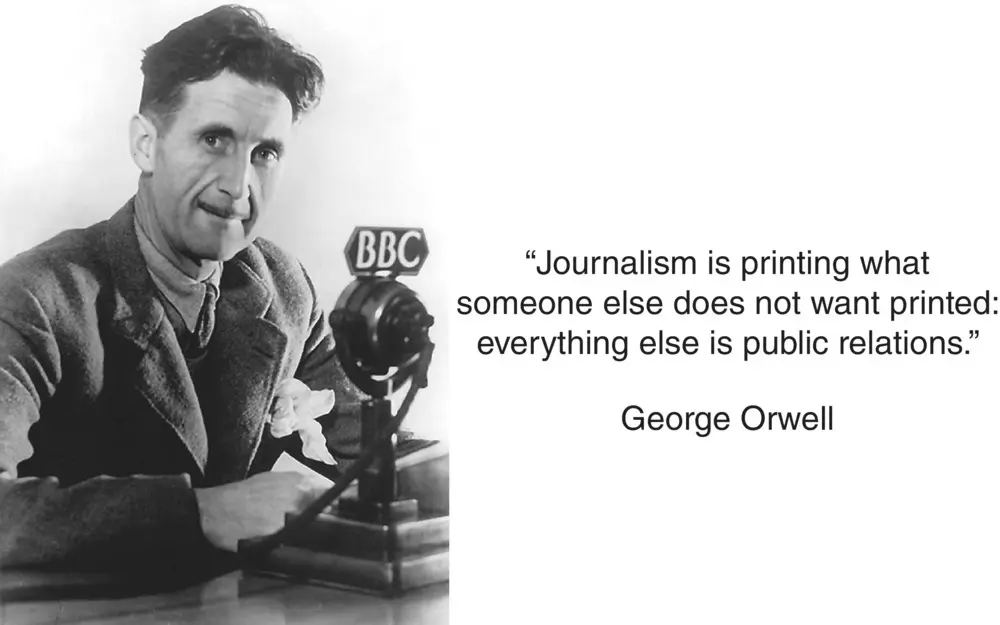
We MUST Share and Receive Information
We mentioned the motivations of news to “surprise” and “delight.” There is also a universal need to share and receive news simply because it makes us feel empowered and connected to our communities. At a 2018 conference, Facebook's president, Sean Parker, revealed that sharing social media content and clicking on apps causes the brain to release a rush of dopamine – a hormone and neurotransmitter that affects a person’s sense of pleasure and reward. In short, the Internet makes us feel good. In some part, that is what has hooked us on the Internet.
Читать дальшеИнтервал:
Закладка:
Похожие книги на «Trusting the News in a Digital Age»
Представляем Вашему вниманию похожие книги на «Trusting the News in a Digital Age» списком для выбора. Мы отобрали схожую по названию и смыслу литературу в надежде предоставить читателям больше вариантов отыскать новые, интересные, ещё непрочитанные произведения.
Обсуждение, отзывы о книге «Trusting the News in a Digital Age» и просто собственные мнения читателей. Оставьте ваши комментарии, напишите, что Вы думаете о произведении, его смысле или главных героях. Укажите что конкретно понравилось, а что нет, и почему Вы так считаете.
